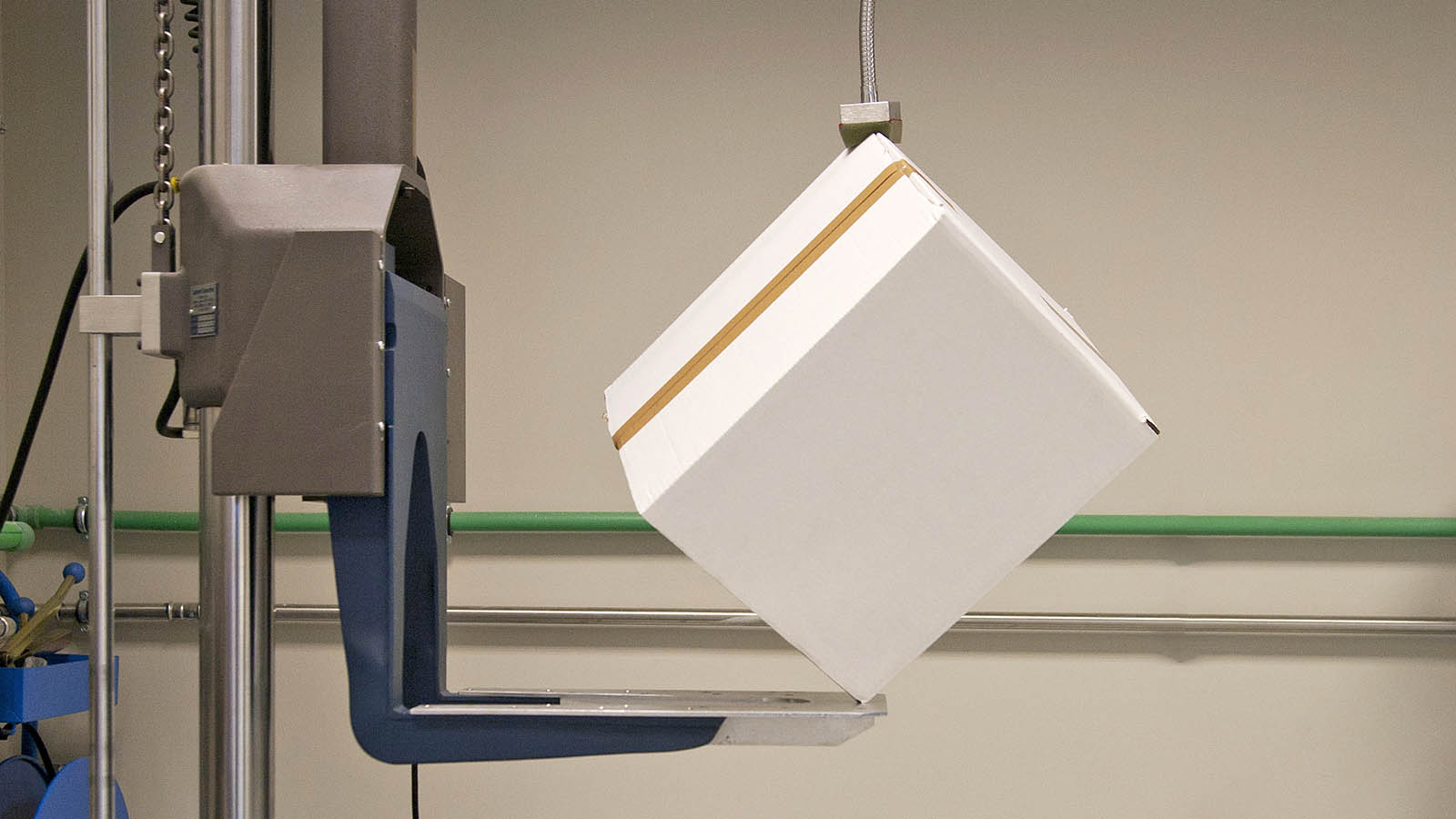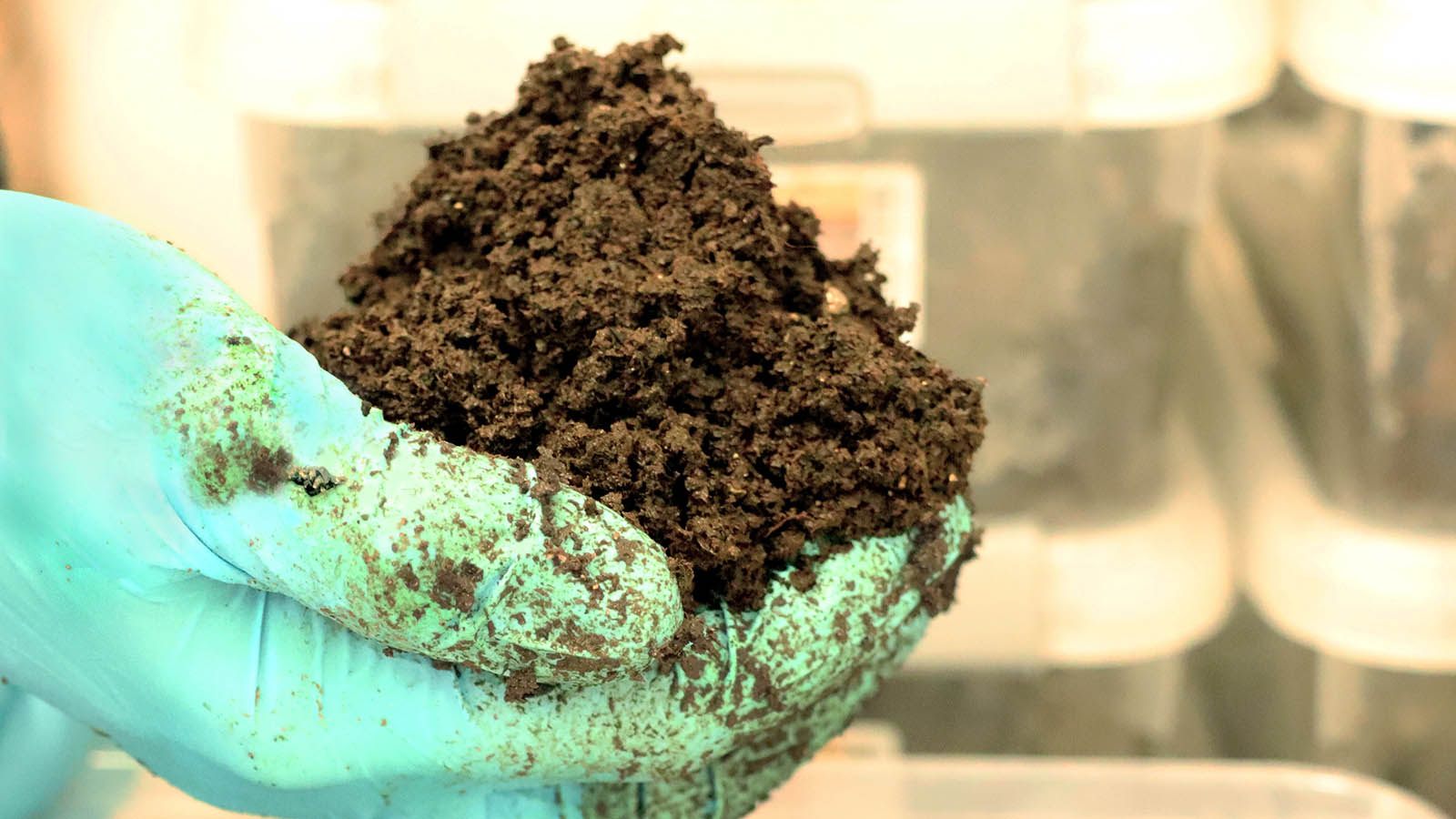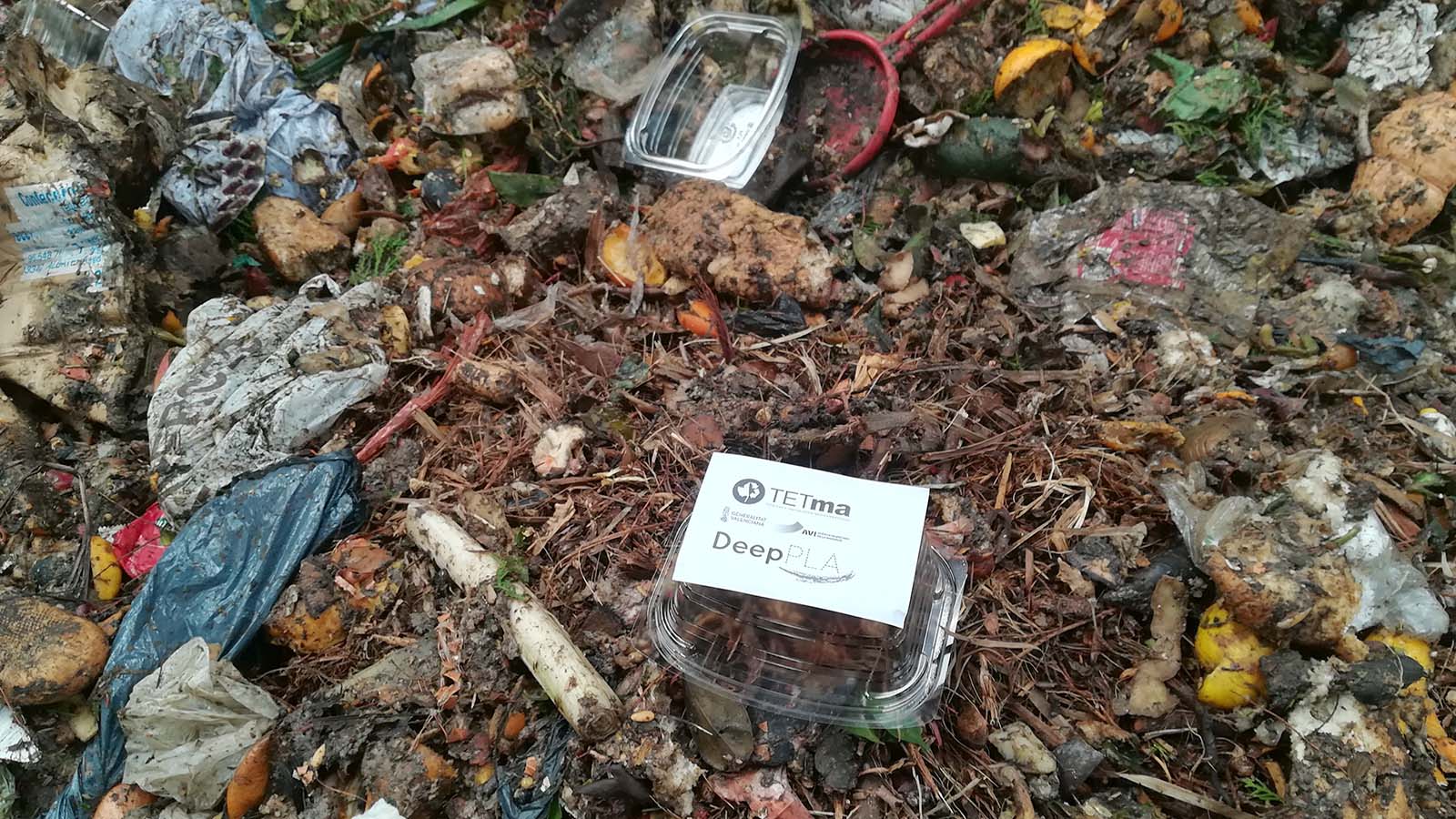How to Conduct a Compostability Test: Key Tests, Evaluation Criteria, and Global Standards
In an era where sustainability is a priority, compostable products offer a significant solution to reducing environmental impact.

Compostability testing is vital for ensuring that products labeled as compostable meet high standards of biodegradability, safety, and environmental impact. Following these tests and criteria ensures that compostable products contribute effectively to sustainability efforts.
By understanding the stages of compostability testing, the criteria used, and the standards applied, businesses can ensure their products meet global sustainability requirements.
If you’re interested in understanding how laboratories conduct these assessments, here’s an in-depth guide, including the specific tests, evaluation criteria, and the global standards that regulate the process.
1. What is Compostability?
2. Key Stages of Compostability Testing
3. Compostability Criteria
4. Global Standards for Compostability Testing

1. What is Compostability?
For a material to be deemed compostable, it must break down naturally, resulting in carbon dioxide, water, and biomass. Importantly, it should not leave harmful residues behind. Compostability tests, conducted in accordance with internationally recognized standards, confirm whether a material meets these essential criteria.
2. Key Stages of Compostability Testing
- Material Characterization
Testing begins with characterizing the material to determine its organic content. If the organic matter falls below 50%, the material fails to qualify for composting. Laboratories also test for regulated metals and toxic substances to prevent environmental harm during composting.
- Biodegradation Testing
This test measures how much carbon dioxide (CO2) the material emits as it breaks down in a composting environment. By analyzing the total organic content (TOC), the test determines whether the material can be fully biodegraded.
- Disintegration Test
The disintegration test simulates the composting process to evaluate how well the material fragments over time. After 12 weeks, the compost is examined for particles smaller than 2mm, ensuring no visible residue remains.
-
- Compost Quality and Ecotoxicity
The quality of the compost produced is essential. Chemical analyses check for nutrients, pH, and salinity, ensuring that the compost is safe for the environment. Ecotoxicity tests measure whether the compost has any negative impact on plant growth, confirming it is safe for agricultural use.
Compostability Criteria
Laboratories measure the results against strict criteria, including:

- Biodegradation Rate: The material must biodegrade by at least 90% within 180 days under composting conditions.
- Disintegration: At least 90% of the material should break down into particles smaller than 2mm during the test.
- Ecotoxicity: The material must not harm plant growth or germination rates.
4. Global Standards for Compostability Testing
Various international standards regulate compostability testing:
- EN 13432: This European standard focuses on the compostability of packaging materials, outlining criteria for biodegradation, disintegration, and the quality of resulting compost.
- ASTM D6400: Widely used in North America, this standard applies to labeling plastic products intended for composting in industrial facilities.
- ISO 18606: This global standard specifies the compostability requirements for plastics, ensuring they decompose safely without harming the environment.


